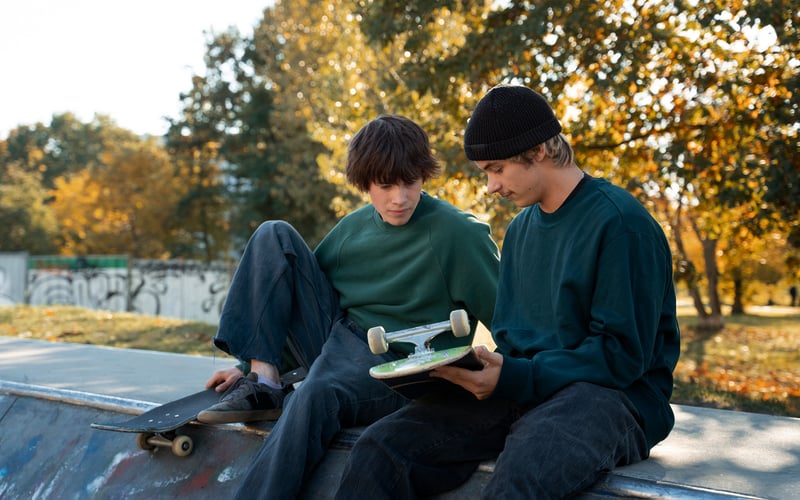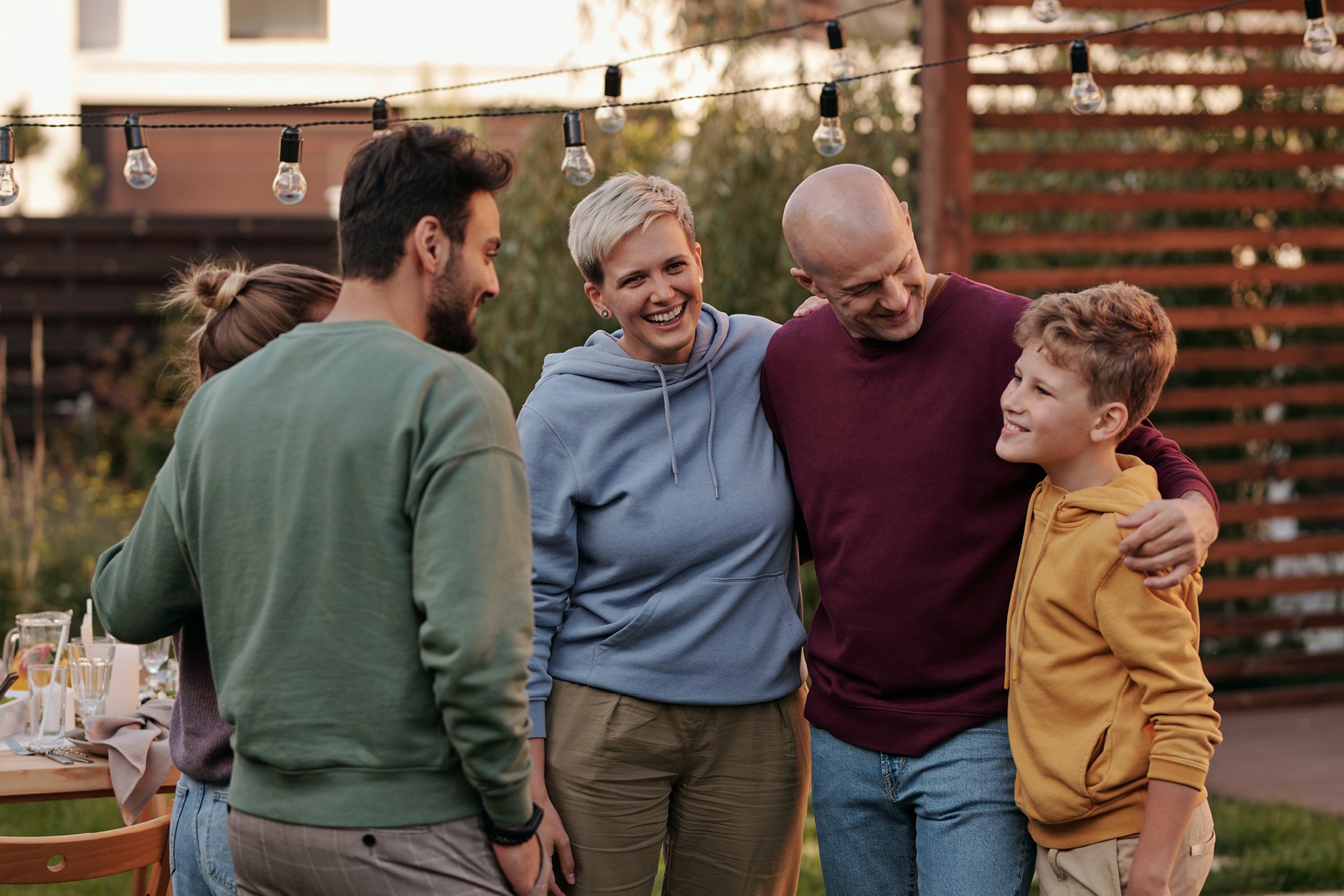Adolescents & Anxiety: Why They Turn to Marijuana

This isn’t your normal high school weed story. Today’s youth aren’t ditching gym class to sneak a joint in the woods and then giggle while they order fast food. Today’s marijuana is an entirely different beast - chemically stronger, emotionally stickier, and deeply, deeply entangled in the adolescent mental health crisis.
Teen Anxiety: The New Normal
Being a teenager in today’s world is more than just high school and hormones. It’s 24/7 performance anxiety as your entire life is played out on social media. It’s a never-ending stream of "you're not enough” popping up on their phones while they navigate a world that feels like it’s cracking at the seams.

“They don't really have a core sense of identity... they're scared to death, and compared to a billion people all the time,” says Bryan Fikes, founder of Stonewater Adolescent Recovery Center.
It’s a chilling truth. Our young people are walking through a psychological minefield with no map. And far too many of them are reaching for marijuana not to party, but to survive.
Self-Medicating with Weed: A Temporary Fix for Permanent Pain
For the youth of today, weed isn’t recreational. It’s medicinal; without the medicine. Marijuana is the duct tape teens are using to patch up anxiety, panic, depression, sensory overload, and identity confusion.
“We see it every day,” says Elizabeth Fikes, co-founder of Stonewater Adolescent Recovery Center. “Teens are using marijuana to self-medicate. As a response to the world around them.”
But the escape hatch they’ve chosen doesn’t lead to peace. It leads to dependency and a cycle of increased anxiety which leads to increased substance abuse.

Stronger Strains, Younger Brains
Here’s where it gets even trickier: today’s marijuana isn’t the mellow flower of the past. The THC levels are jacked—four to five times what they were in the '90s. And when that hits a teenage brain, which is still under construction, the results are often anything but relaxing.
The prefrontal cortex - the part that governs impulse control, emotional regulation, and decision-making - is still wiring itself well into your child’s mid-20s. Toss in heavy THC use, and you’re short-circuiting critical developmental systems.

Real Talk for Real Parents: What Can You Do?
Here’s what helps:
- Ask without attacking. “Why are you using?” lands better than “What’s wrong with you?”
- Listen like it matters - because it does. Teens don’t respond well to condescension.
- Don’t minimize their pain. If they say weed helps their anxiety, believe them. Then help them find safer, sustainable tools to manage it.
- Get professional help sooner, not later. The longer they self-medicate, the deeper the habit - and the mental health fallout - can go.
Stonewater isn’t here to wag a finger. We’re here to walk with families through the chaos, offering structure, support, and a path forward that actually works.
It's Not About Weed - It's About Pain
This isn’t a marijuana problem. It’s a pain problem. And until we start treating the pain - not just the symptom - we’ll keep losing kids to the haze.
Let’s get real. Let’s get involved. And let’s get our kids back, better.

.jpg)

